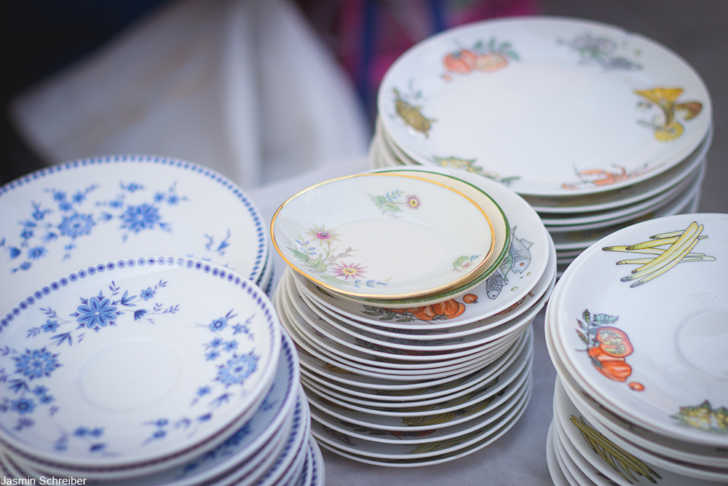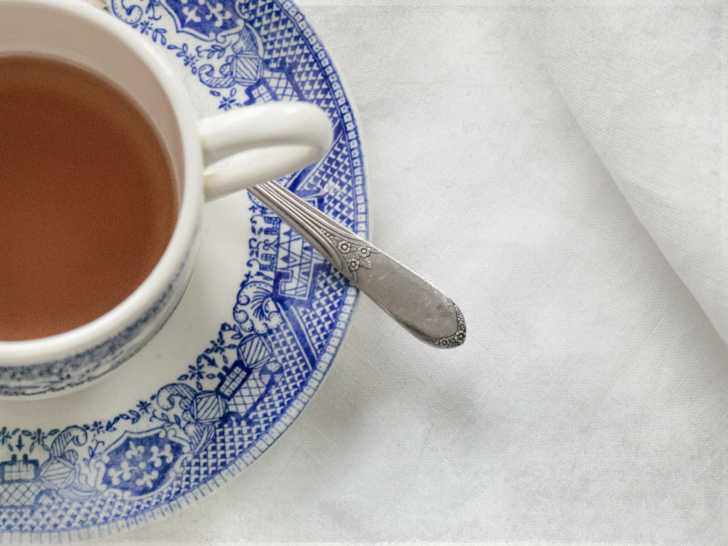How Some Common Antique and Vintage China Patterns Test for Lead
Sadly, even some newer dishes contained this toxin.
If you’re a collector of vintage or antique china then you know how lovely the patterns can be. A full matched set would have been the pride of families in years past, but today some of these designs have fallen out of favor and one reason could be safety. As recently as the 1970s lead glaze china was still being sold in the U.S. In 1971 legislature was set in motion to limit the exposure to lead by children in the U.S. But, even now some pottery products sold in the U.S. still contain high levels of lead. All this means that your favorite china set from Grandma or that thrifted plate you love could have some pretty high levels of lead. And, when food is heated in these dishes, or sits in them for a long time, and/or is acidic, the result is that the lead can leach into your food and drink.

Mother and filmmaker, Tamara Rubin, has been testing some popular collectible china patterns over the years and then publishing her findings on her site, Lead Free Mama. The results are not at all what we expected. Even some china from the 1990s tested at unsafe lead levels! You can purchase lead testing kits at the hardware store, but Rubin says that these kits are not intended to be used on pottery. Instead, she uses an XRF instrument, which uses X-rays to determine the makeup of an object or materials. Here are some of the results of the patterns she tested.
Franciscan Desert Rose China

The newer 1995 Desert Rose china was tested, although this pattern was in production from 1941 to 2013 (at which point all Franciscan china was discontinued), though the countries of production have changed over the years. The china was first made in the U.S., then in England and was for decades the most popular chinain the U.S. Her test on the U.S.-made pieces from the 1940s came in at 122,200 ppm.
The English-made Desert Rose from 1995 came in at 47,800 ppm (above 90 ppm is considered unsafe for children).
Johnson Brothers Blue Willow

Rubin tested several different pieces from this company, made in different eras. Blue willow china has been a popular pattern since the 1800s and is produced all over the world by many makers. Johnson Brothers are the engraving makers and common pieces made in this pattern come from Spode, Wedgwood, and Churchill. A 1980s piece tested at 36,600 +/- 1,400 ppm and a post-World War I piece clocked in 43,100 ppm.
Johnson Brothers Old Milland Liberty patterns also tested positive for lead.
Corningware Casserole Dishes

Rubin’s test of a vintage Corningware casserole dish in the Spice of Life pattern (1970s/80s) revealed 26,500 ppm of lead and some cadmium. Though this was on the outside decoration, she cautions that there could still be exposure risks. The decoration on a vintage Corelle bowl, also made by Corning, tested positive for lead as well.
Whether you want to take the risks with your vintage china is up to you, but it’s important to be aware that even newer pieces can have high levels of lead. As with leaded crystal, the best advice may be to simply use your older items sparingly and don’t allow food to sit in vintage pieces for long periods.
SKM: below-content placeholderWhizzco for DOT

